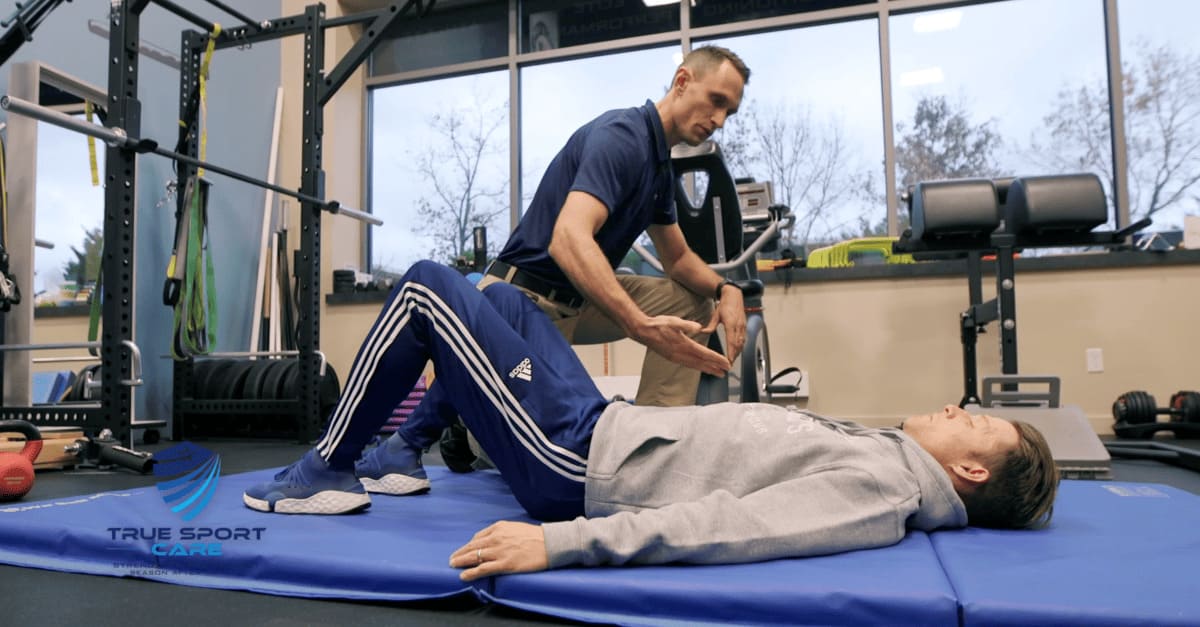Long-distance running demands a careful balance of endurance development, mechanical efficiency, and strategic recovery. For anyone seeking expert long distance running advice, adopting a structured approach is essential to enhance performance and safeguard against the overuse injuries so common in high-volume training. This article examines the key components of an effective long-distance running program, including:
- Training periodization
- Strength and stability work
- Technique optimization
- Injury-prevention measures
- Nutritional strategies
- Recovery protocols
Structured Training Foundations for Long Distance Runners
A solid training plan begins with periodization, the systematic division of training into distinct phases. These phases include base building, speed work, and tapering. During the base-building phase, athletes focus on gradually increasing weekly mileage, observing the “10 percent rule” to prevent tissue overload by limiting mileage increases to no more than ten percent per week. One of the best long distance running tips is to vary your workouts to develop both slow-twitch and fast-twitch muscle fibers effectively. Some of these workouts include:
- Easy Paced Runs:
Low-intensity runs performed at a comfortable pace that allows for conversation. They build aerobic endurance without overstressing the body. - Long Runs:
Extended distance runs done at an easy to moderate pace. They improve cardiovascular endurance, muscular strength, and mental stamina for longer races. - Tempo Efforts:
Sustained runs at a “comfortably hard” pace, just below maximum effort. They raise the lactate threshold, helping runners sustain faster paces for longer. - Intervals:
Short bursts of high-intensity running followed by periods of rest or slow jogging. They improve speed, strength, and cardiovascular efficiency. - Recovery Jogs:
Very slow, easy runs intended to promote blood flow and muscle recovery after hard workouts or races without adding additional stress.
For runners looking to improve their long-distance running performance, interval and tempo training in particular have been shown to elevate maximal aerobic capacity and delay the onset of fatigue (Billat, 2001)[1]. By emphasizing consistency in daily mileage, rather than concentrating volume in just a few sessions, runners promote adaptive changes in cardiovascular fitness and muscle endurance while reducing the strain placed on joints and connective tissues.
Strength and Stability Development for Improved Running Performance
While logging miles builds aerobic capacity, complementary strength training affords muscular balance and improves running economy. Two to three strength sessions per week, focusing on core stability and lower-body musculature, help stabilize the pelvis, hips, and knees, thereby mitigating running injury risks such as iliotibial band syndrome and patellofemoral pain, which are commonly seen in the office.
Exercises such as planks and dead-bugs reinforce trunk and core stability, while squats, lunges, glute bridges, and deadlifts (I prefer Romanian deadlifts) target the quadriceps, hamstrings, and glutes. Incorporating plyometric drills (box jumps) and form-specific drills (high knees, butt kicks) further refines neuromuscular coordination, yielding a more explosive and efficient stride.
Running Technique Optimization
Efficient running form is critical for translating strength gains into forward propulsion with minimal wasted energy. An upright torso with relaxed shoulders helps maintain proper alignment, while an engaged core ensures effective force transfer between the upper and lower body. Stride turnover, or cadence, ideally falls between 170 and 180 steps per minute; a brisker cadence shortens ground contact time and lowers impact forces.A key technique tip for long distance runners is understanding how foot strike patterns affect injury risk. Runners who strike the ground with the forefoot absorb more force with their arches and calves (gastrocnemius and soleus musculature), while runners making initial contact with the heel absorb more force with their knees. Force absorption at different locations explains the higher prevalence of Achilles and plantar fascia injuries in midfoot and forefoot strikers and the higher prevalence of knee pain in heel strikers.

Proactive Injury Prevention
Preventing running injuries requires consistent warm-up routines, attentive training adjustments, and appropriate footwear. A five- to ten-minute dynamic warm-up raises heart rate, blood flow, and prepares muscles for the demands ahead. A good warm-up may feature:
- Leg swings
- Walking lunges
- Squats
- Light jogging
Among the most overlooked running tips for long-distance athletes is the importance of a proper cool-down, using light jogging and stretching to speed recovery and maintain flexibility. Runners must cultivate an awareness of pain signals, distinguishing between normal post-run soreness and sharp or persistent pain that warrants reduced mileage or professional assessment. Meta-analytic evidence indicates that exercise-based injury-prevention interventions, particularly those incorporating strength, balance, and neuromuscular training, can reduce the incidence of lower-limb injuries by up to 50% (Lauersen, Bertelsen, & Andersen, 2014)[2]. Finally, replacing running shoes every 300 to 400 miles ensures continued cushioning and support, and those with bio-mechanical imbalances may benefit from a formal gait analysis and specialized footwear, which is where our friends at a local running store come in to play for personalized fitting and expert advice.
Nutrition and Hydration Strategies for Runners
Optimal fueling underpins both training adaptations and race-day performance:
- Daily carbohydrate intake should range from five to seven grams per kilogram of body weight during moderate training weeks, rising to as much as ten grams per kilogram when mileage peaks.
- Protein needs, typically between 1.2 and 1.7 g/kg, support muscle repair, while incorporating healthy fats from sources like nuts and olive oil assists in hormone regulation.
- On long runs or races exceeding ninety minutes, athletes should consume thirty to sixty grams (30 – 60 g) of carbohydrates per hour through gels, chews, or sports drinks to maintain blood glucose and delay fatigue (in these cases I prefer to eat peanut butter and jelly sandwiches and whatever is available at the aid stations).
Hydration needs vary with individual sweat rates, but for workouts beyond an hour, runners should aim to ingest 400 to 800 ml of an electrolyte-balanced beverage each hour to replace fluid and mineral losses.
Recovery and Rest Protocols for Long Distance Runners
Adequate recovery is critical to every successful training program. Runners should schedule at least one full rest day per week, supplemented by active rest activities such as swimming, cycling, or dedicated mobility work to encourage circulation without imposing additional impact stress. Quality sleep, ideally seven to nine hours nightly, is essential for hormonal balance and muscle repair, while stress-management practices like meditation or controlled breathing help regulate cortisol levels that, if chronically elevated, can impede recovery. Soft-tissue maintenance can be performed through:
- Foam rolling
- Lacrosse-ball myofascial release
- Professional massage
This helps alleviate tension in key muscle groups and supports long-term tissue health. Healthier tissues mean fewer overuse injuries and better performance. Finally, other conservative treatment measures for recovery include acupuncture, physical therapy, and of course chiropractic and all the treatments/modalities that we offer in the office.
Refine Your Long-Distance Running Plan
Enhancing long distance running performance takes more than just piling on miles — it requires a smart, well-rounded approach built on proven strategies. Runners can create the conditions for steady improvements and reduced injury risk by:
- Adhering to a structured training plan
- Integrating strength and technique work
- Prioritizing injury prevention
- Optimizing nutrition
- Committing to comprehensive recovery routines
With patience and attentiveness to both physiological cues and training principles, every runner, whether novice or experienced, can progress toward personal bests while safeguarding their long-term health on the road or trail.
References:
- Billat, V. (2001). Interval training for performance: A scientific and empirical practice. Sports Medicine, 31(1), 13–31
- Lauersen, J. B., Bertelsen, D. M., & Andersen, L. B. (2014). The effectiveness of exercise interventions to prevent sports injuries: A systematic review and meta-analysis. Sports Medicine, 44(7), 964–978.


